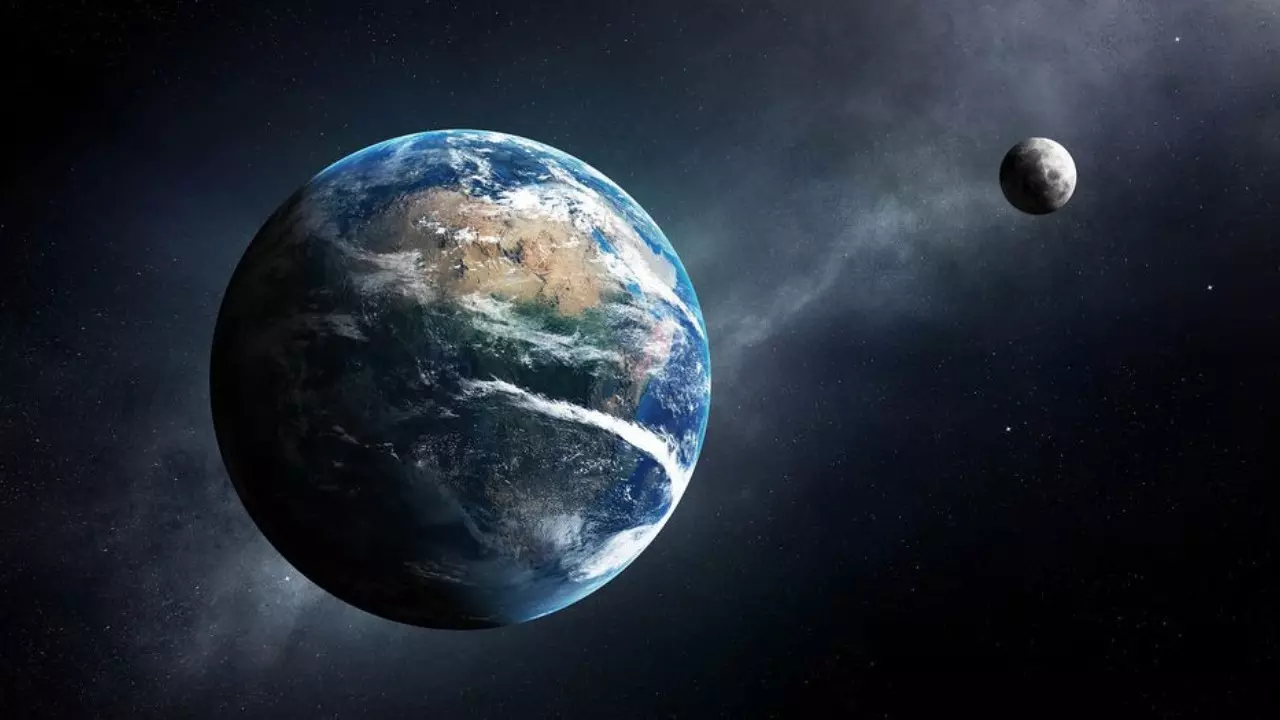Earth will have a temporary ‘mini moon' for two months
The mini-moon will be revolving around Earth in a horseshoe shape from September 29 to November 25.
By Newsmeter Network
Representational Image.
Earth's moon will soon have some company — a “mini moon", for about two months this year when a small asteroid begins to orbit our planet. The asteroid was discovered in August and is set to become a mini-moon, revolving around Earth in a horseshoe shape from September 29 to November 25.
Researchers at the Asteroid Terrestrial-impact Last Alert System, an asteroid monitoring system funded by NASA, spotted the asteroid using an instrument in Sutherland, South Africa and labeled it 2024 PT5.
Scientists from the Universidad Complutense de Madrid have tracked the asteroid's orbit for 21 days and determined its future path. 2024 PT5 is from the Arjuna asteroid belt, which orbits the sun, according to their study published in Research Notes of the AAs.
But Earth's gravitational pull will draw 2024 PT5 towards it and, much like our moon, it will orbit our planet — but only for 56.6 days.
The mini moon is actually an asteroid about the size of a school bus at 33 feet (10 meters). When it whizzes by Earth on Sunday, it will be temporarily trapped by our planet's gravity and orbit the globe — but only for about two months.
While other non-Earth objects, or NEOs, have entered Earth's orbit before, some don't complete full revolutions of Earth. Some, however, do and become so-called mini-moons.
An asteroid called 2020 CD3 was bound to Earth for several years before leaving the planet's orbit in 2020 and another called 2022 NX1 became a mini-moon of Earth in 1981 and 2022 and will return again in 2051.
2024 PT5, which is larger than some of the other mini-moons, will also return to Earth's orbit — in 2055.
Earth's gravity will pull it into its orbit and the asteroid will have negative geocentric energy, meaning it can't escape Earth's gravitational pull. It will orbit around Earth in a horseshoe shape before reverting back to heliocentric energy, meaning it will rotate around the sun again, like the other planets and NEOs in our galaxy.
Even after it leaves orbit, it will stay near Earth for a few months, making its closest approach on Jan. 9, 2025. Soon after, it will leave Earth's neighborhood until its path puts it back into our orbit in about 30 years.